
Diamond Engagement Ring Buying GuideHow To Buy Diamond Engagement Rings or Loose diamonds & Avoid Scams
http://bridaltips.com/diamond.htm
Blog is currently going through some serious revision.

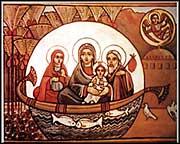
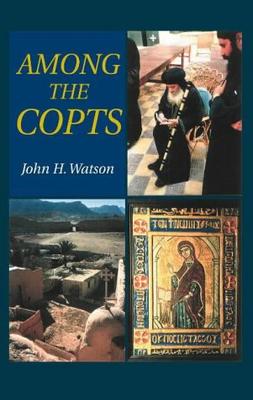

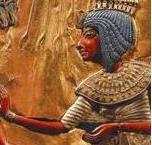
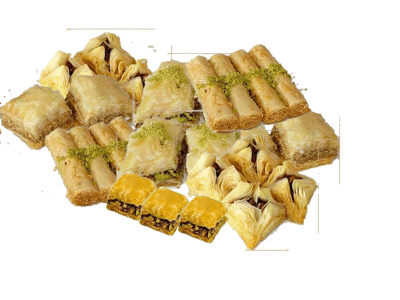
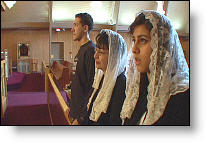
"The Jonah Redemption"
Finally Curiosity has got the better of me. So I finally decided to learn more about the first big ever Coptic feature length film. So after scouring the web and not finding much (or in once case finding a complete accounting spoilers and all). I finally found one good review here. That reviews it but doesn't give away much for those that want to be suprised.
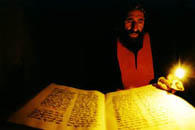 A Walk through World Church History.
A Walk through World Church History.
Ok while were still at it (talking about the Lord's Prayer and cool Aramaic Shiznit).
from /www.christusrex.org/www1/pater/JPN-aramaic.html
Anyway one of the cool things I remeber about reading about New Testament Aramaic was its structure. There are specifc orations that Jesus said that have poetic structure to them(i.e. -The Lord's prayer, The Beatitudes, etc.). They contain rhyme, meter, puns and other poetic devices. In much the same way the Psalms and Proverbs do in Hebrew. Anyway this gives a much different impression that what you get reading an english or greek Bible. Where it reads like prose. (Jesus is more than a messiah, son of God, Rabbai. He is also a poet/psalmist, even at times an improvisational comedian with his use of humor. And this greatly expands on both his "human side" as well as gives even more hints as to the supernatural wisdom that he possessed.)
And this of course reminds me of this sermon by Rick Joyner one of the big leaders of the "Prophetic Movement", in the general larger evangelical Charismatic movement. He spoke about how the Sermon on the mount violates all manner of Homiletics that they teach you in Seminary or Bible school on how to preach a good sermon. As he said, "Man... the sermon on the mount is the most disjointed collection of thoughts that I have ever heard!" And went on to say the typical line that I so often hear from Jesus Movement hippies, Vineyard type charismatics and evangelical Post Moderns.
Which is basically that if something is really "spiritual" it tends to violate all our rules, norms and ideas (Which tend to be fleshy or carnal in nature).
Of course I have another explanation.... namely that Mr. Joyner is not really hearing and understanding Jesus thoughts in their original Semetic context. He is rather hearing a translation of them (technically speaking a translation of a translation).
The fact that Jesus way of doing things looks alien to us is not that Jesus is being a super spiritual iconoclast, prophetically disregarding all forms of social rules and norms. But rather we are so far removed from Jesus frame of reference that we can only really grasp a fraction of what he really said and did.
